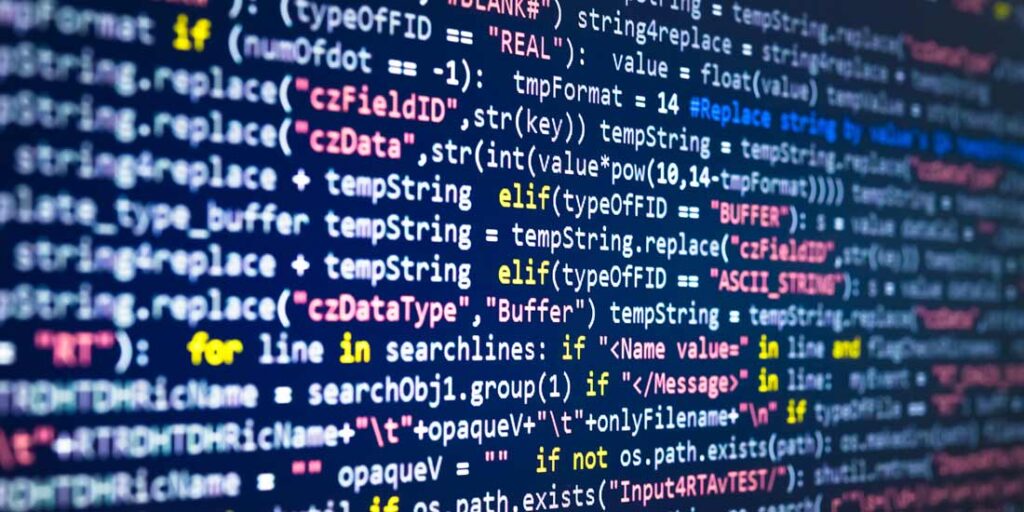What similarities exist between autonomous driving and software development? Initially, the connection may not be apparent, but when taking a look under the hood, parallels emerge, particularly in the developmental trajectory toward common objectives. While development teams won’t assume a passive “passenger” role, the traditional duties and roles of those involved in designing, creating, securing, distributing, and operating software will transform. To establish a connection, let’s delve into the realm of autonomous driving and subsequently draw parallels to software development.
Autonomous driving has been a longstanding concept, evolving from a once-futuristic idea to a present-day reality. At its essence, autonomous vehicles aim to reduce human errors in traffic, which currently contribute to approximately 90% of accidents. Self-driving technology also has the potential to liberate a precious resource: time. This liberation allows individuals to redirect their attention from being tied up in traffic to more enjoyable pursuits.
Autonomous driving relies on two essential facilitators: Edge and AI. These technologies allow vehicles to autonomously process data from IoT sensors directly within the vehicle, enabling real-time operations. Attempting to manually program the machine to handle every possible driving scenario becomes an impractical endeavor. Instead, the vehicle must dynamically learn from its environment. The intelligence of an autonomous vehicle depends on the availability of various IoT sensor data, enabling the creation of a digital representation (a twin) of the physical world. The richness and diversity of the data directly impact the sophistication of the deployed AI systems.
When examining the progression of autonomous driving, a noticeable trend is the gradual reduction in human involvement at each stage. The autonomous vehicle framework encompasses six levels of automation, ranging from 0 (fully manual) to 5 (fully autonomous). These levels are defined as follows:
- Level 0: No automation, the driver retains complete control of all driving tasks.
- Level 1: Driver assistance, involving a single automated system that permits the driver to remove their foot from the pedal.
- Level 2: Partial automation, where the vehicle can manage steering and acceleration, allowing the driver to release their hands from the wheel.
- Level 3: Conditional automation, granting the vehicle the capability to control most driving tasks, allowing the driver to divert their attention from the road while maintaining supervision.
- Level 4: High automation, the vehicle performs all driving tasks under specific conditions, enabling the driver to shift their focus away from the road while remaining vigilant.
- Level 5: Full automation, marking the stage where the vehicle can independently handle all driving tasks under any conditions. This transformation turns the driver into a passenger, completely relieving them of all driving responsibilities.
The advantages of employing AI in software development closely resemble those seen in autonomous driving, aiming to reduce human errors and allowing more time to be allocated to creative-intensive work. Given that human resources typically represent a significant expense in software development, organizations are motivated to embrace AI-driven systems, allowing them to achieve greater efficiency with fewer resources.
A more detailed analysis of the evolutionary path in software development reveals striking parallels with the advancements in autonomous driving. There is a consistent trend of diminishing human participation at various stages of evolution just like we see in the autonomous driving advancements.
- In the early 2000s, software development lacked significant automation, requiring human intervention at every stage of the software development lifecycle (SDLC). The process heavily relied on manual efforts, with issues often being identified by customers rather than internal teams.
- Fast forward to the mid-2010s, we saw the emergence of containerization, cloud computing, and DevOps, leading to heightened levels of automation and efficiency across the SDLC. Routine tasks and procedural decisions were automated through predefined (hard-coded) policies and “if-then” rules in areas such as testing, code review, and CI/CD. Development cycles were shortened in alignment with agile principles, bridging Dev and Ops. The management and resolution of issues transitioned from a reactive to an adaptive approach with more seamless coordination across teams. The majority of issues could now be detected and resolved before customers even became aware of them.
- Today, generative AI is elevating software development to unprecedented levels of efficiency and innovation. Automation now goes beyond routine tasks, as GenAI-based solutions enable the creation of new content through seamless human-to-machine interactions. The unfolding efficiency gains are just the beginning, with AI serving as an inexhaustible assistant (Copilot) across the SDLC by providing suggestions, explaining issues, generating code, monitoring processes, scanning repositories, providing predictions, and enhancing swift decision-making. This is poised to accelerate overall code creation, resulting in more software builds, increased software to be secured, and more frequent updates to the runtime. With the incorporation of embedded AI models (MLOps), these capabilities expand even further. The concept of “liquid software” is gradually becoming a reality, where small incremental improvements (binaries-based updates) automatically flow from development to runtime with minimal service downtime.
In application security, AI is critical in swiftly identifying and resolving issues in a predictive fashion, thwarting the entry of malicious software packages into an organization. This begins with automated vulnerability scanning and detection, employing AI-driven severity and contextual analysis, and extends to automated remediation. Despite these notable strides, human involvement and approval remain essential until AI-based solutions demonstrate a greater level of trust and reliability.
We have begun shifting towards a full automation paradigm, moving beyond a Copilot (AI assistant) to an Autopilot (AI decision-maker). Machines will tackle highly intricate problems using a natural language interface. Fundamentally, the AI system should outperform an average human developer or any other involved persona in these processes. Establishing trust in AI systems becomes critical, requiring a vast contextual understanding and ethical decision-making, similar to the challenges seen in autonomous driving today. Self-learning and self-healing capabilities are essential to this evolution, enabling the detection, analysis, isolation, and patching of issues while maintaining service uptime. In essence, software will gain the ability to autonomously rewrite updates and incorporate new functionalities to address emerging inputs. Similar to autonomous vehicles, the AI system must continually learn from its operational environment and adapt accordingly.
Although the connections between autonomous driving and software development may not be immediately evident, both fields share a common goal of leveraging AI to enhance efficiency and free time for individuals to engage in more fulfilling pursuits. For software development, AI is poised to accelerate and enhance the creation of new features and data. AI-driven Copilots will become more prevalent across the SDLC, starting from intelligent coding and security and extending to encompass the entire DevOps stack. Businesses must adhere to secure and responsible AI principles and practices to ensure sustainable outcomes.
These are exciting times as AI transforms industries, and the future of software development appears promising. The extent to which we can delegate development responsibilities to machines may be limited only by our imagination.
About the Author

Janne Saarela is a Strategy Analyst at JFrog with a strong background in Technology and Business Strategy. Janne holds an MBA from Oulu Business School, Finland, and is a former Nokia product strategist.
Sign up for the free insideBIGDATA newsletter.
Join us on Twitter: https://twitter.com/InsideBigData1
Join us on LinkedIn: https://www.linkedin.com/company/insidebigdata/
Join us on Facebook: https://www.facebook.com/insideBIGDATANOW





Speak Your Mind